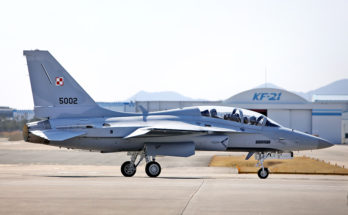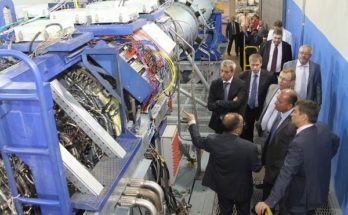by Carter Palmer, Power Systems Specialist, Forecast International.
The new Airbus A350 XWB, with nearly 50 aircraft currently in service, has just received an addition to the family. After its maiden flight in late November, 2016, the A350-1000 is seeking to make its mark in the aviation world. The flight was a triumph for both Airbus and Rolls-Royce, whose engines exclusively power this particular range of aircraft. The Trent, a well-known name in aviation, is used aboard Boeing and Airbus aircraft.
The Trent is a new spin on an older design – the Rolls-Royce RB211. A successful engine in its own right, the RB211 has powered some of aviation’s most prolific aircraft, including the Lockheed L-1011 and the Boeing 757. By building on this success, the Trent has helped Rolls-Royce gain considerable market share within the realm of turbofans.
The Trent XWB engine that powers the new A350s comes in three variants, depending on the model. The A350-800, the smallest member of the family, features two Trent XWB 79s rated at 79,000 lbst (351 kN). While 16 orders for -800s currently exist, Airbus anticipates customers to convert them to either the A330neo or the A350-900. By far the most popular aircraft, the A350-900, employs two Trent XWB 84s rated at 84,000 lbst (374 kN). This aircraft is in the middle of the pack in terms of size, with seating for roughly 325 passengers in a three-class configuration. The final and largest of the aircraft, the A350-1000, can seat about 366 in three classes. [i] The -1000 is powered by two Trent XWB 97s, which produce 97,000 lbst (431.5 kN) each.
A350-900 production has been underway since 2013 and orders are forecast to remain strong through 2030. The translation in engine terms means that the Trent XWB 84 will have a sizable production run, gradually peaking at approximately 256 units in 2030. Although A350-1000 production is also predicted to be strong, it will not match that of its smaller sibling. Out of the total A350 production for the forecast period (2016-2030), the A350-1000 is predicted to account for about 27 percent of aircraft built. Trent XWB 97 production, therefore, will not be as high as that of the 84, but significant nonetheless. Rolls-Royce will ramp up production of the 97 to reflect A350-1000 demand, with annual output expected to exceed the 100-unit threshold in 2027. For the forecast period, Trent XWB production will account for roughly 54 percent of total Trent production.
Please feel free to use this content with Forecast International and analyst attributions, along with a link to the article. Contact Ray Peterson at +1 (203) 426-0800 or via email at ray.peterson@forecast1.com for additional analysis.
Forecast International produces two distinct Power Systems products. The Aviation Gas Turbine Forecast presents the 15-year outlook for aviation turbofan, turboprop and turboshaft engines and more. The Industrial & Marine Turbine Forecast covers the markets for gas and steam turbines, mechanical drive engines, and marine power, among others.
 [i] Airbus. “A350 XWB FAMILY.” Airbus.com. http://www.airbus.com/aircraftfamilies/passengeraircraft/a350xwbfamily/ (accessed December 12, 2016)
[i] Airbus. “A350 XWB FAMILY.” Airbus.com. http://www.airbus.com/aircraftfamilies/passengeraircraft/a350xwbfamily/ (accessed December 12, 2016)
For 50 years, Forecast International intelligence reports have been the aerospace and defense industry standard for accurate research, analysis, and projections. Our experienced analysts compile, evaluate, and present accurate data for decision makers. FI's market research reports offer concise analysis of individual programs and identify market opportunities. Each report includes a program overview, detailed statistics, recent developments and a competitive analysis, culminating in production forecasts spanning 10 or 15 years. Let our market intelligence reports be a key part of reducing uncertainties and mastering your specific market and its growth potential. Find out more at www.forecastinternational.com



